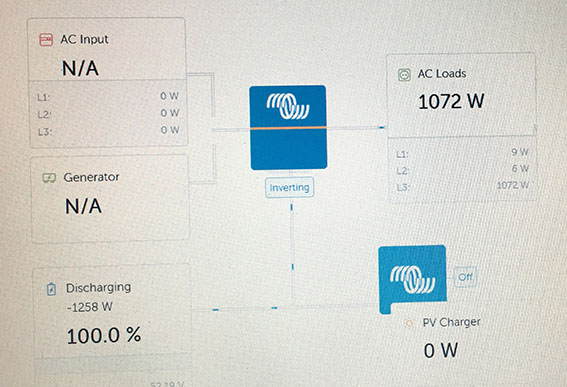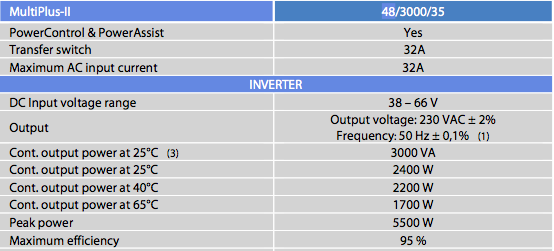I did see some of the videoes where you go trough Fronius and Victron where you discuss AC and DC coupled systems. In the video you say the Fronius is very efficient at doing PV DC to AC whereas Multi is not or that's how i understand it, why is that ?
/Peter


